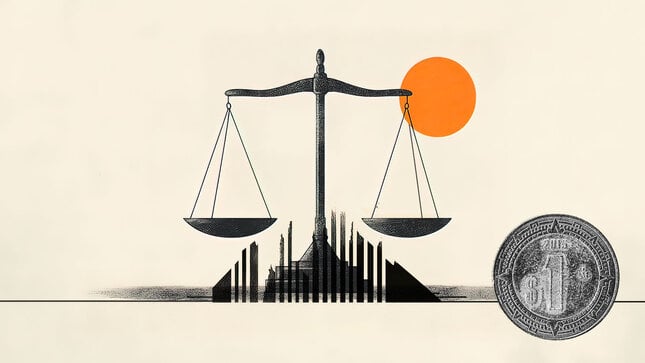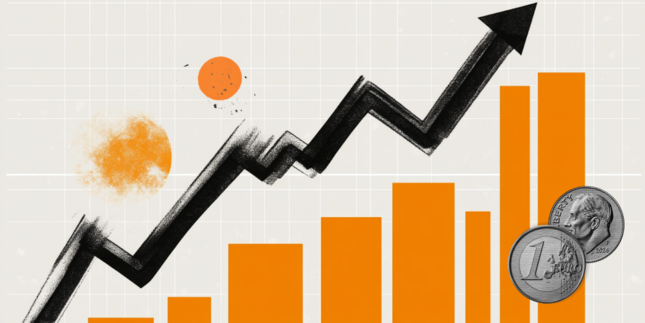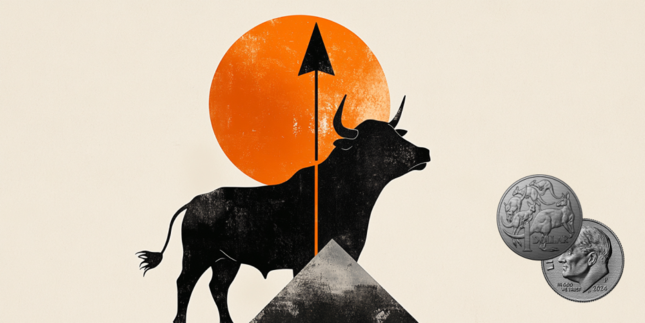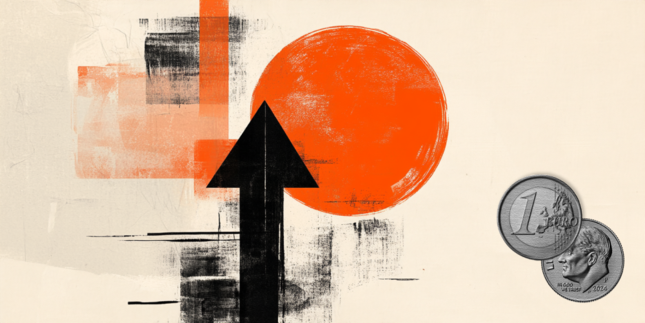India Gold price today: Gold rises, according to FXStreet data
Gold prices rose in India on Friday, according to data compiled by FXStreet.
The price for Gold stood at 8,775.74 Indian Rupees (INR) per gram, up compared with the INR 8,734.17 it cost on Thursday.
The price for Gold increased to INR 102,358.50 per tola from INR 101,873.60 per tola a day earlier.
| Unit measure | Gold Price in INR |
|---|---|
| 1 Gram | 8,775.74 |
| 10 Grams | 87,757.36 |
| Tola | 102,358.50 |
| Troy Ounce | 272,955.20 |
Daily Digest Market Movers: Gold price might struggle to capitalize on hopes for a US-China trade deal
-
China's Commerce Ministry said on Friday that the US has recently, through relevant channels, actively conveyed messages to engage in talks on tariff issues and the country is assessing the proposal to start negotiations. This adds to the optimism over a possible easing of the tit-for-tat tariff war between the world’s two largest economies.
-
Moreover, hopes for tariff deals between the US and its trading partners lifted the US Dollar to a three-week high and dragged the Gold price to the $3,200 neighborhood on Thursday. The USD bulls, however, turn cautious amid bets for more aggressive policy easing by the Federal Reserve and ahead of the US Nonfarm Payrolls report.
-
Traders ramped up their bets that the US central bank will deliver four quarter-point rate reductions by the year-end after data released this week showed that the US economy unexpectedly contracted for the first time since 2022. Moreover, the Personal Consumption and Expenditure (PCE) Price Index pointed to signs of easing inflation.
-
Adding to this, the US ADP report on private-sector employment suggested that the US labor market is cooling. Furthermore, the US Department of Labor reported on Thursday that initial jobless claims increased from 223,000 to 241,000 in the week ended April 26 – marking the highest level since February.
-
Meanwhile, the US ISM Manufacturing PMI remained firmly in contraction territory for the second straight month, though it fell less than expected, from 49.0 to 48.7 in April. Traders now look forward to the release of the US monthly employment details for fresh cues about the Fed's policy outlook.
-
The popularly known US Nonfarm Payrolls (NFP) report is expected to show that the economy added 130K new jobs in April, sharply lower than 228K in the previous month. The Unemployment Rate, however, is expected to hold steady at 4.2%, while Average Hourly Earnings might have risen by 0.3%.
FXStreet calculates Gold prices in India by adapting international prices (USD/INR) to the local currency and measurement units. Prices are updated daily based on the market rates taken at the time of publication. Prices are just for reference and local rates could diverge slightly.
Gold FAQs
Gold has played a key role in human’s history as it has been widely used as a store of value and medium of exchange. Currently, apart from its shine and usage for jewelry, the precious metal is widely seen as a safe-haven asset, meaning that it is considered a good investment during turbulent times. Gold is also widely seen as a hedge against inflation and against depreciating currencies as it doesn’t rely on any specific issuer or government.
Central banks are the biggest Gold holders. In their aim to support their currencies in turbulent times, central banks tend to diversify their reserves and buy Gold to improve the perceived strength of the economy and the currency. High Gold reserves can be a source of trust for a country’s solvency. Central banks added 1,136 tonnes of Gold worth around $70 billion to their reserves in 2022, according to data from the World Gold Council. This is the highest yearly purchase since records began. Central banks from emerging economies such as China, India and Turkey are quickly increasing their Gold reserves.
Gold has an inverse correlation with the US Dollar and US Treasuries, which are both major reserve and safe-haven assets. When the Dollar depreciates, Gold tends to rise, enabling investors and central banks to diversify their assets in turbulent times. Gold is also inversely correlated with risk assets. A rally in the stock market tends to weaken Gold price, while sell-offs in riskier markets tend to favor the precious metal.
The price can move due to a wide range of factors. Geopolitical instability or fears of a deep recession can quickly make Gold price escalate due to its safe-haven status. As a yield-less asset, Gold tends to rise with lower interest rates, while higher cost of money usually weighs down on the yellow metal. Still, most moves depend on how the US Dollar (USD) behaves as the asset is priced in dollars (XAU/USD). A strong Dollar tends to keep the price of Gold controlled, whereas a weaker Dollar is likely to push Gold prices up.
(An automation tool was used in creating this post.)
Forex News
Keep up with the financial markets, know what's happening and what is affecting the markets with our latest market updates. Analyze market movers, trends and build your trading strategies accordingly.















